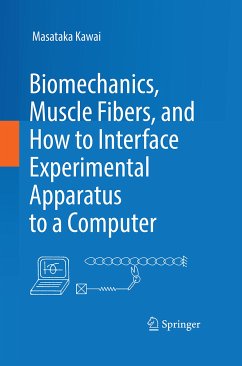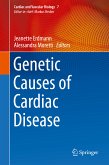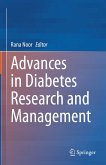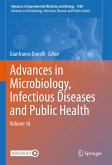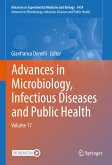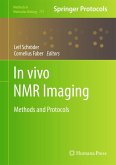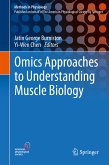This book covers a broad area of STEM (science, technology, engineering, and mathematics) disciplines, and is written for those interested in biophysics / biomechanics. It includes viscoelasticity, chemical kinetics, system analysis, muscle biology/biophysics and mechanics, analog and digital electronics, methods for interfacing experimental systems to a computer, and the mathematics needed for all of these. Only the bare essentials are given and many accessory elements are removed, so that it is easier to understand the concepts. Hence the book is brief and short. It is written so that a beginner can understand it, yet the principles can be applied to a variety of advanced systems. Special cases are handled, but readers should be able to apply them to their own projects and expand on them. This book also includes exercises for important theories and equations to be verified, and hints/answers to them are given at the end. If a theory or an equationis not apparent, readers are encouraged to prove them on their own, and convince themselves of their correctness. The equation may not be as difficult as it appears initially. Trying to solve a problem by oneself fosters good thinking, creativity, and independence.
Sections of this book were originally written for the purpose of teaching our experimental approaches and methods to new members of our laboratory. It is comprised of six chapters: chapter 1 defines viscoelasticity, chapter 2 describes chemical reactions, chapter 3 teaches how to characterize them, chapter 4 is their application on muscle biology, chapter 5 covers basic mathematical skills needed for these studies, and chapter 6 describes the electronic and computer interfacing of the experimental apparatus including programming. Chapters 1-5 are suitable for biophysically and mechanically oriented students. Chapters 5-6 are also suitable for electrical engineering and computer science students to acquire the basic concepts of electricity, a knowledge on analog and digital circuits, the interfacing of experimental apparatus to computers including programming. It is not necessary to read this book from the beginning, you can start from any chapter based on your interest and need.
In a sense, this book is similar to "case-based learning (CBL)", which is a frequently used technique in today's medical schools to teach students. A special patient case is brought out, and students are asked to organize their thoughts around it. By discussing the case with colleagues and researching the literature, the students set up hypotheses, think about the mechanisms and search for remedies. This book describes a special case and discusses it, but the lessons learned can be applied to numerous systems using similar methods and principles, and avoids generalization because that would make the theories abstract and more difficult to understand.
Dieser Download kann aus rechtlichen Gründen nur mit Rechnungsadresse in A, B, BG, CY, CZ, D, DK, EW, E, FIN, F, GR, HR, H, IRL, I, LT, L, LR, M, NL, PL, P, R, S, SLO, SK ausgeliefert werden.

